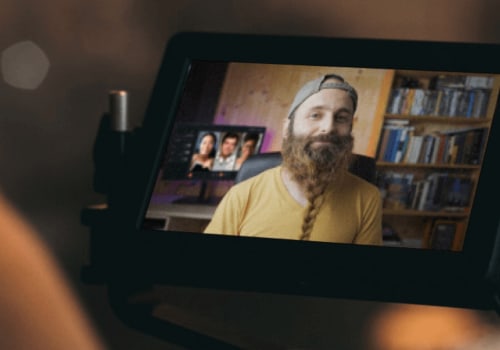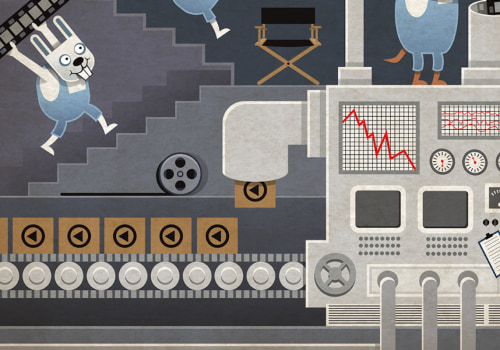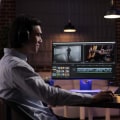Movie editing is an art form that requires you to consider not only how the scenes flow, but also the appearance of the multiple individual cuts throughout each sequence. It's where you put together all the pieces of the puzzle in your images to create a complete story. Publishers often work closely with directors to ensure that they stay in sync with the project as it takes shape. The standard cut, also known as a hard cut, is one of the most used editing techniques for creating professional videos.This classic editing technique moves one scene on to the next without a visual transition, occurring in the blink of an eye and practically imperceptible.
L-cuts and J-cuts are opposite sides of the same movie editing coin, and both refer to the way in which audio and video align between clips. With an L-cut, the audio track in one clip continues to play as the visual components of the next clip appear. A J-cut is essentially the reverse of an L-cut, where the images of one clip continue to show while the audio of the next clip fades. Cutting in action is another popular technique in which you change the angle of the camera as the subject performs a movement or activity.
This helps make cuts smoother and less noticeable. Bouncy cuts are meant to be seen and are used when you want to deliberately disorient the audience, indicate a rapid passage of time, or create a feeling that something is wrong. Transitions are another important element when it comes to video production. They are like connective tissue between scenes or shots and can be barely noticeable or used creatively to help tell stories.
Cross-sectional or parallel editing is an excellent option if you want to show your viewers simultaneous events. Pace editing involves multiple dissolutions along with standard cuts and can be used to demonstrate story development or show passage of time. Linear video editing is rarely used today and usually done with two video recorder tapes. Non-linear video editing is very popular today and many companies use it to create new video sequences quickly and easily.
Online editing involves editing inserts with clear start and end points so that original audio sequences can be preserved. A preliminary editing is another stage of video editing process that is generally very complex. Cross-dissolution can serve several purposes within a story such as showing passage of time or using superimposed “layers” or dissolves to show several stories or scenes that occur at different times but shot at different times. The split screen technique can be used to give additional context to a scene by creating a transverse montage that doesn't have to go “from one shot to another”. Assembled video editing is another type of raw editing that consists of putting together a series of video clips with no transitions between them.










